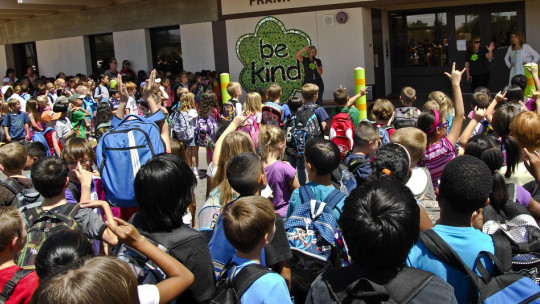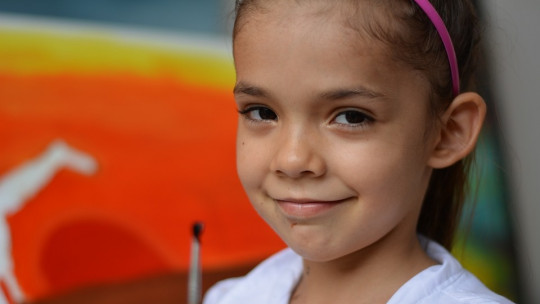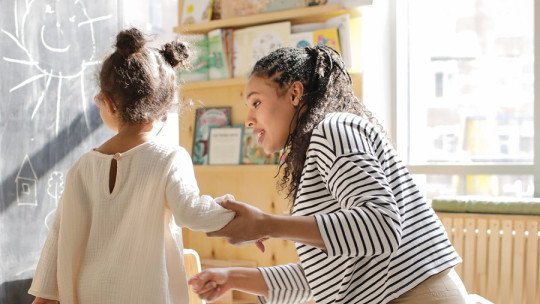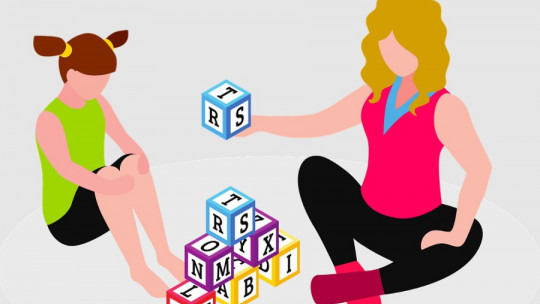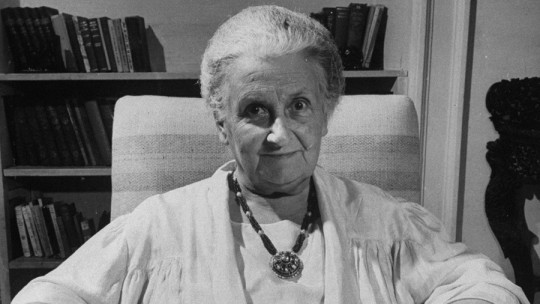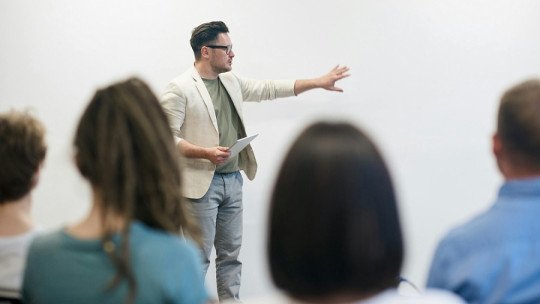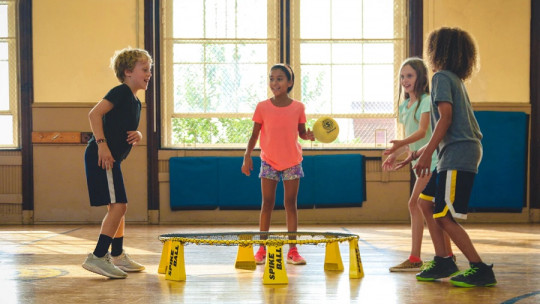
What is inclusion? That is the first question we should resolve to be able to unravel its full meaning and how far it can go.
Sometimes, we may find ourselves confused about the real meaning of this word and we confuse, using the word integration and inclusion interchangeably without fully seeing the difference Therefore, I want to start at this point….what is integration? What is inclusion?
Inclusion and integration
Between these two terms there are substantial differences that directly affect the practice and human rights of minors. The same objectives or ends are not sought and, therefore, the same means are not used to reach the end
When we talk about integration, it implies the non-exclusion of any member of society. If we refer to this term, related to education, we will be referring to taking into account that boys and girls must be enrolled in school, without distinction, but… under what conditions? This is where a new term appears. The segregation, which involves grouping students by their needs, by their diagnosis
However, the term inclusion implies much more. Knowing what integration is, we can say that inclusion implies everything that integration is, but we also become aware of its implication and put all the resources and strategies necessary to carry it out.
Inclusion implies, in addition to being part, belonging And in addition to belonging, it implies remembering that the rights belong to everyone and it is our obligation as a society to facilitate the reach of each of them by each of the members of society.
As a legal reference, we have the royal decree signed by Spain (UNESCO, 2015) that approved the Incheon Declaration and that sets the horizon as Education 2030. In it it tells us that we must promote learning opportunities for all our students regardless of any of their conditions. , and that these are of quality and throughout life for everyone and in all contexts and educational levels.
The real difficulty for our school to be inclusive is not in the policies, nor in the resources or lack thereof, or in the ratios, characteristics and peculiarities of the students… The real difficulty lies in questioning our teaching practice In looking at ourselves, in observing our students, in looking beyond.
That is to say, if our gaze is cleansed of prejudices and is willing to look at the boy and girl from the ethics of our work, the ethics of caring for ourselves and the minor, we will be able to change our class, its methodology, its accessibility, its design and we will be able to implement inclusive practices that manage to develop the full potential of each of our students, guaranteeing the basic principles of inclusion.
What is inclusive school?
The inclusive school aims to achieve a school for all, based on participation and non-discrimination With this term, a more meticulous perspective is given to education, highlighting:
Over the decades We have observed that:
In reality, what we can and should only do is open our eyes to the world around us, be able to look at people, look up, remove the blindfold to look in front of what makes us uncomfortable, whether it hurts us or not. We know how to deal with ignorance, lack of information or fear. Ask them, the students, share our doubts, count on the families to help us clear them up and question how we have done so far and how we think we could improve. Our look is the key.
This is personal work and is necessary for us to get going.
It is not about fitting people into systems, but into adapt environments so that people grow, flourish, promote, fulfill themselves and become part of society Does integration guarantee this? Well, as we have seen, no. The integration system guarantees education, but not equity. Can we achieve inclusive education? I am convinced that yes.

